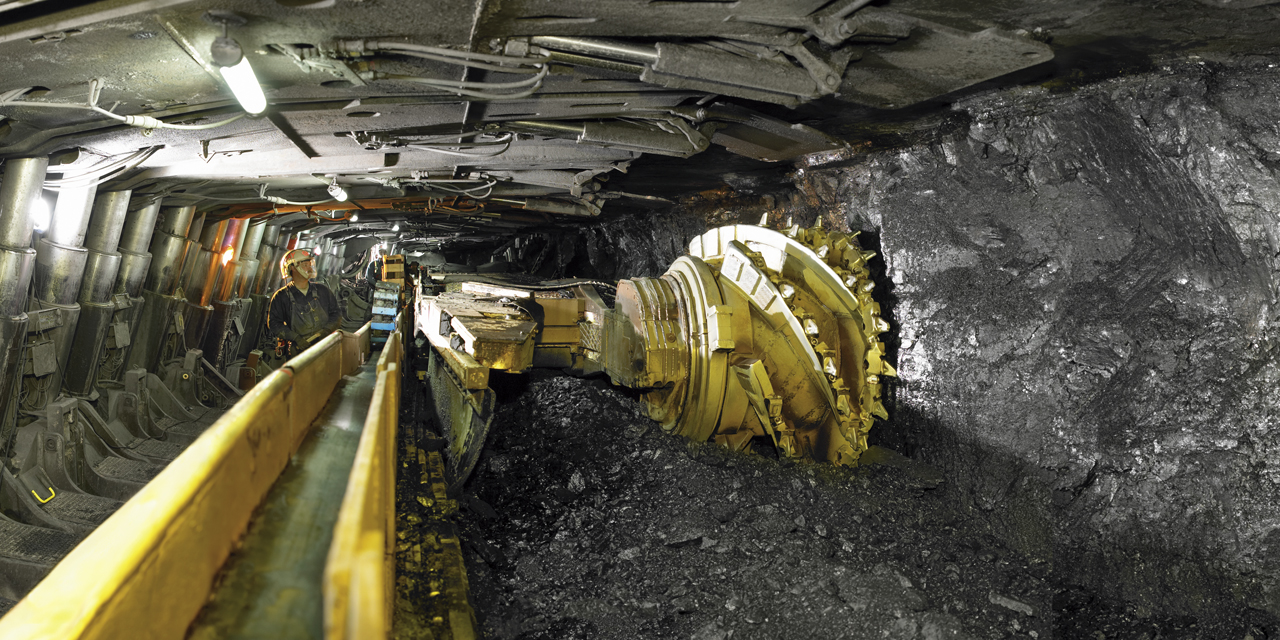Technical Publication
Topic: – Battery life compromised by passivation.
Application: – Data Logging and water management
Background: – The STS Datalogger (DLN70) has long been supplied with a 3.6 V Primary lithium-thionyl chloride (Li-SOCl2) battery. As a feature, this type of battery creates an internal passivation layer when made to increase its shelf life in storage. This layer can be made stronger due to storage in higher than room temperatures (23°C).
This layer would usually burn off quite quickly under normal load conditions. However the DLN70 and other low power devices only draw a very small amount of current when in stand-by mode (to increase battery life to that expected from a data logger). The combination of these two facts mean the passivation layer remains intact after storage and the battery ‘goes flat’ prematurely.
Solution: – By placing the battery under load for a short amount of time after storage, the passivation layer can be removed and the battery will reach its expected life span.
There are a couple of ways to do this.
1. A Depassivator (picture below). Simply place the new battery in the Depassivator and switch on for 20 seconds (Simplified full technical procedure available).
2. An 82Ω (±5%) resistor across the terminals for 20 seconds. This causes a current of 44mA similar to that caused by the Depassivator and slightly below the 50mA maximum recommended continuous current rating of the battery (technical datasheet) thus restoring correct battery function.
3. This is done internally with the New DLOCS data-loggers from STS. They do internal depassivation as required and the battery has also been moved into the submersible section to remove copper losses in the cable and maintain battery temperature. Consequently the Battery lifetime at 1 measurement per hour in a temperature range between 0 and 40°C is estimated to be >10 years.








